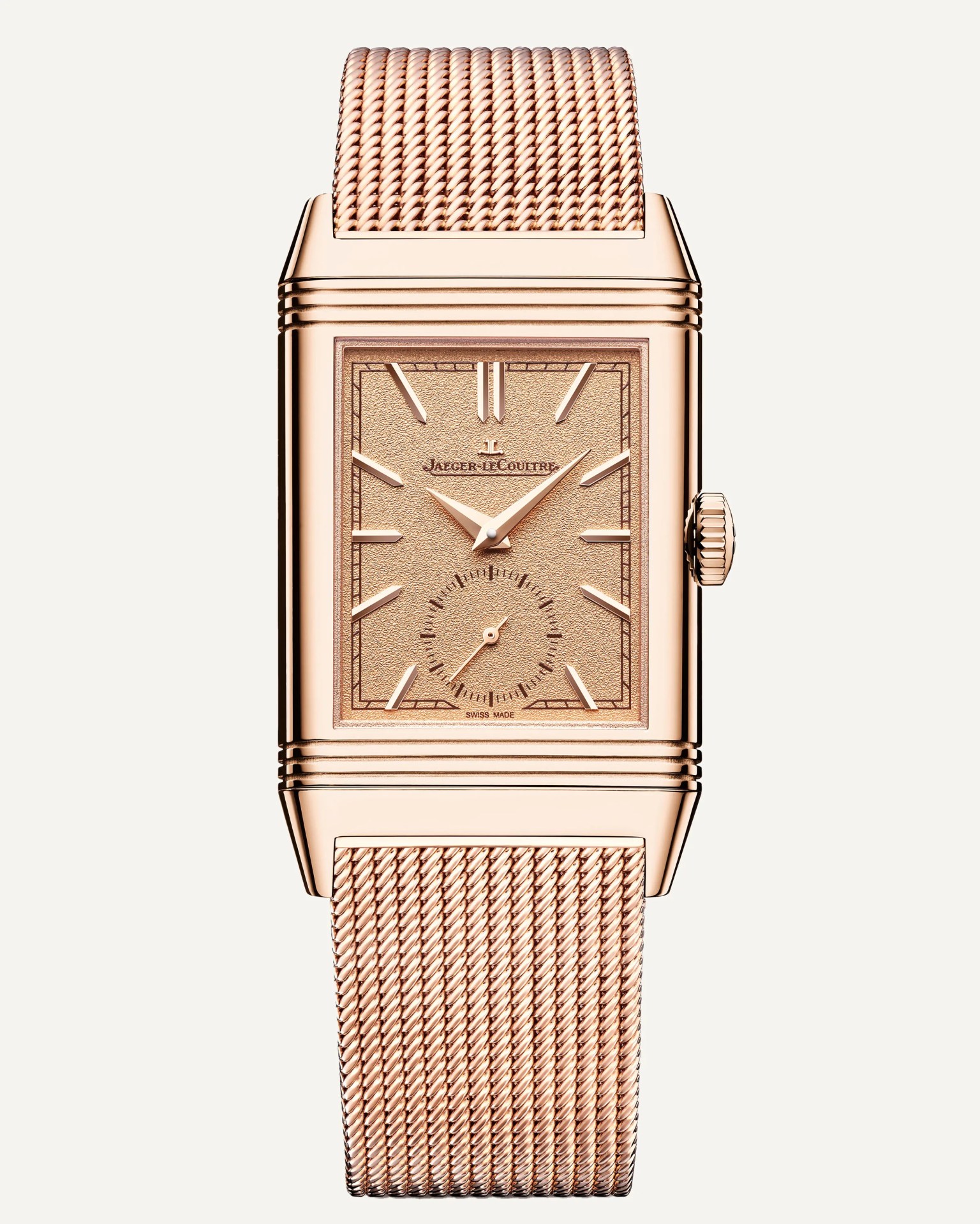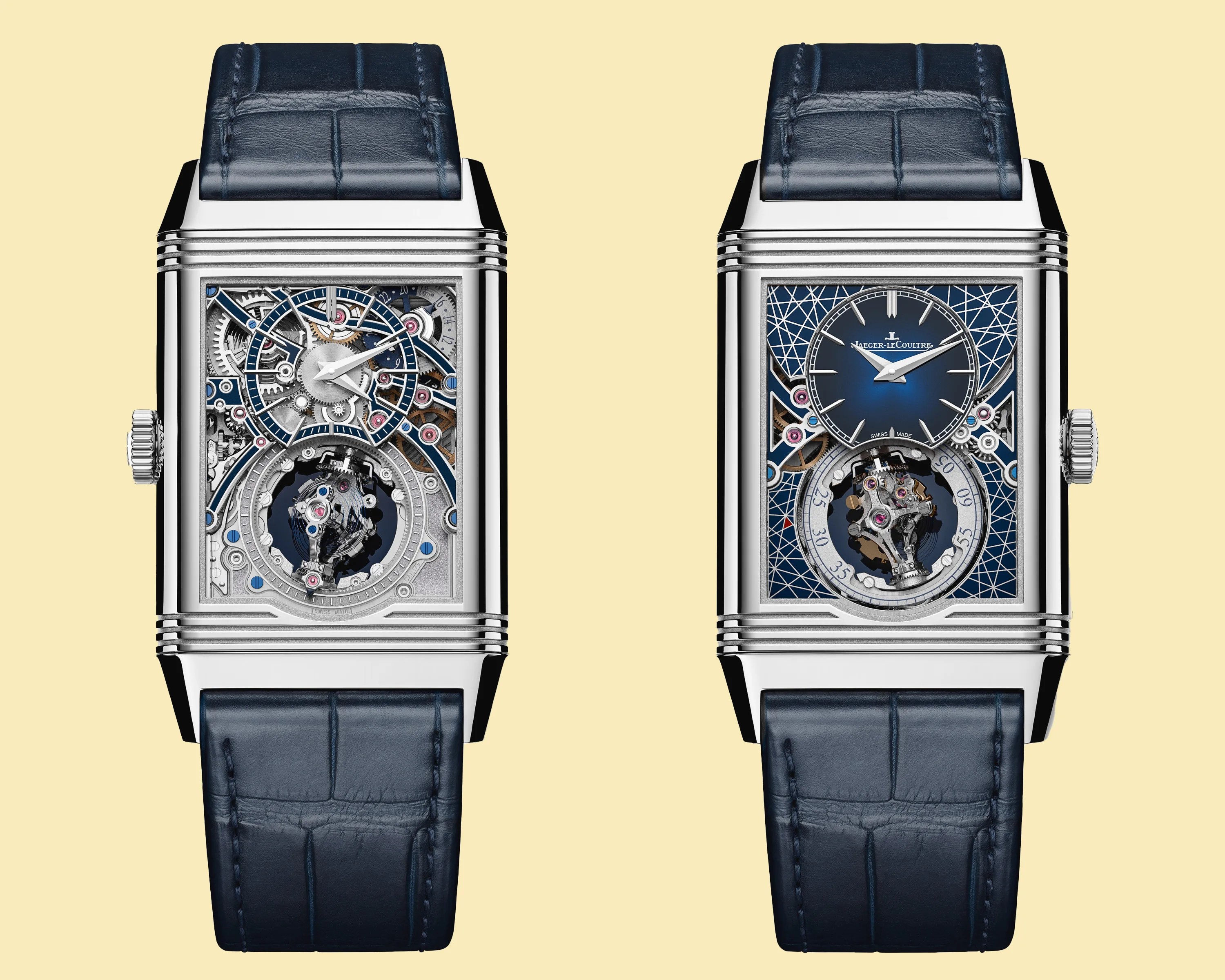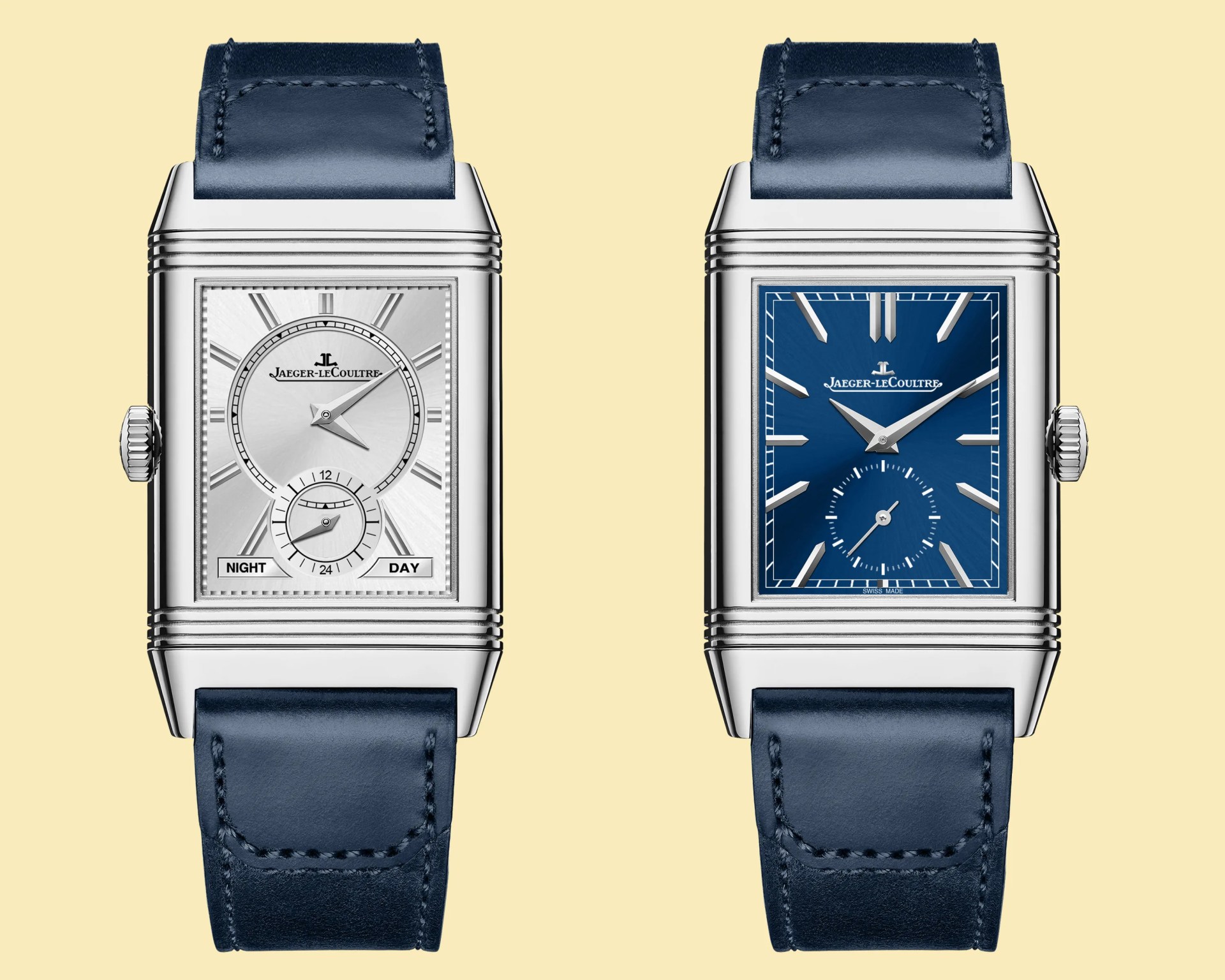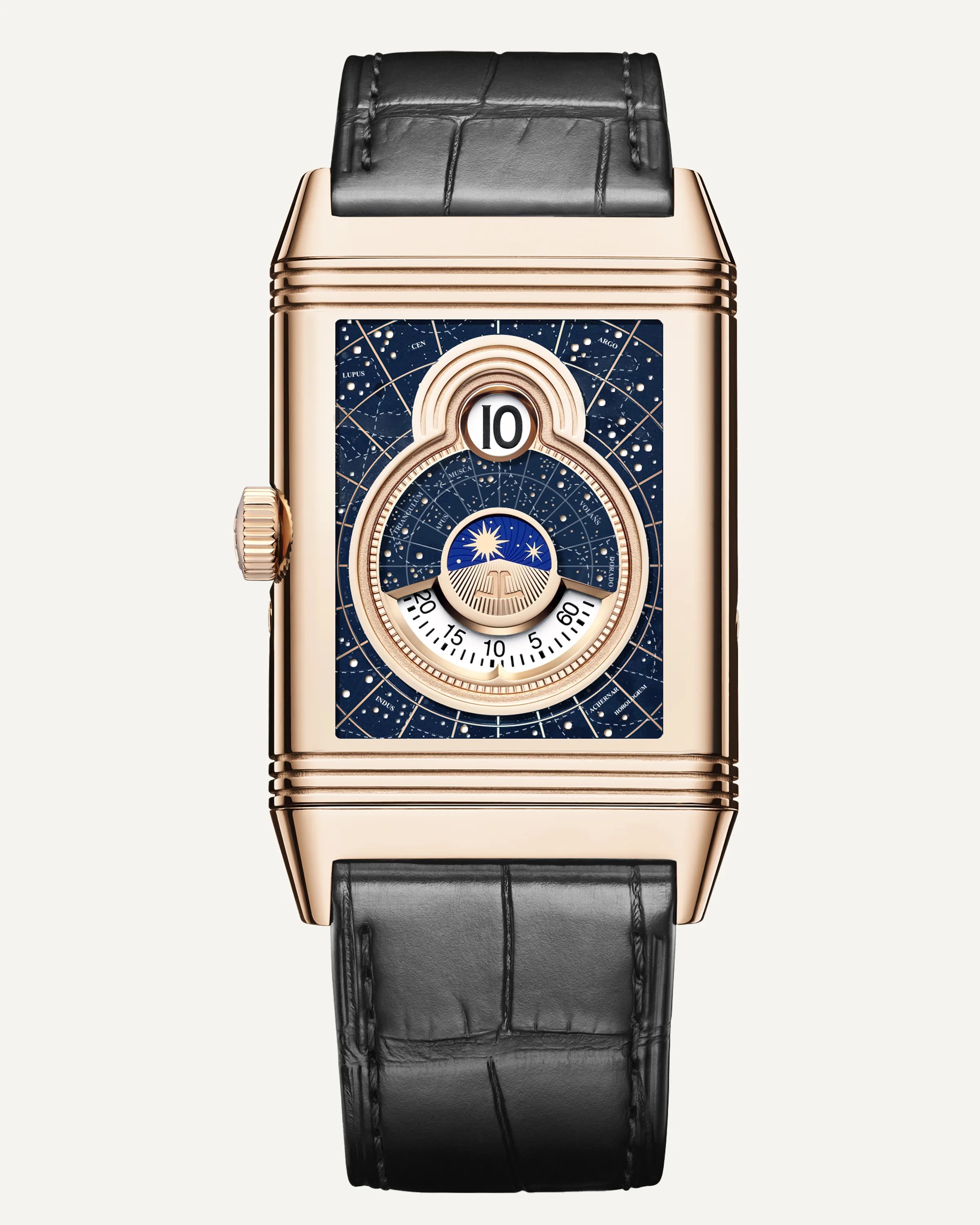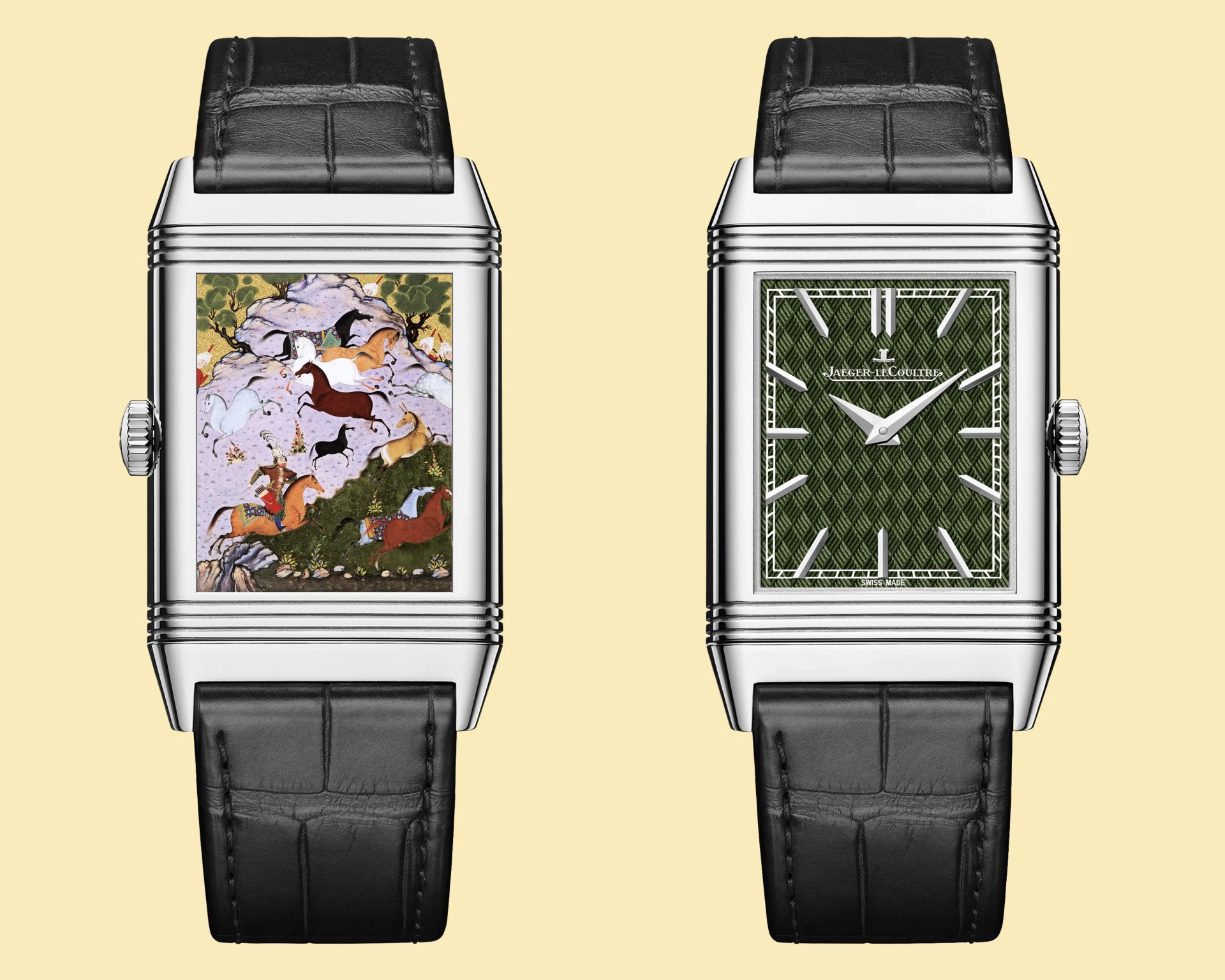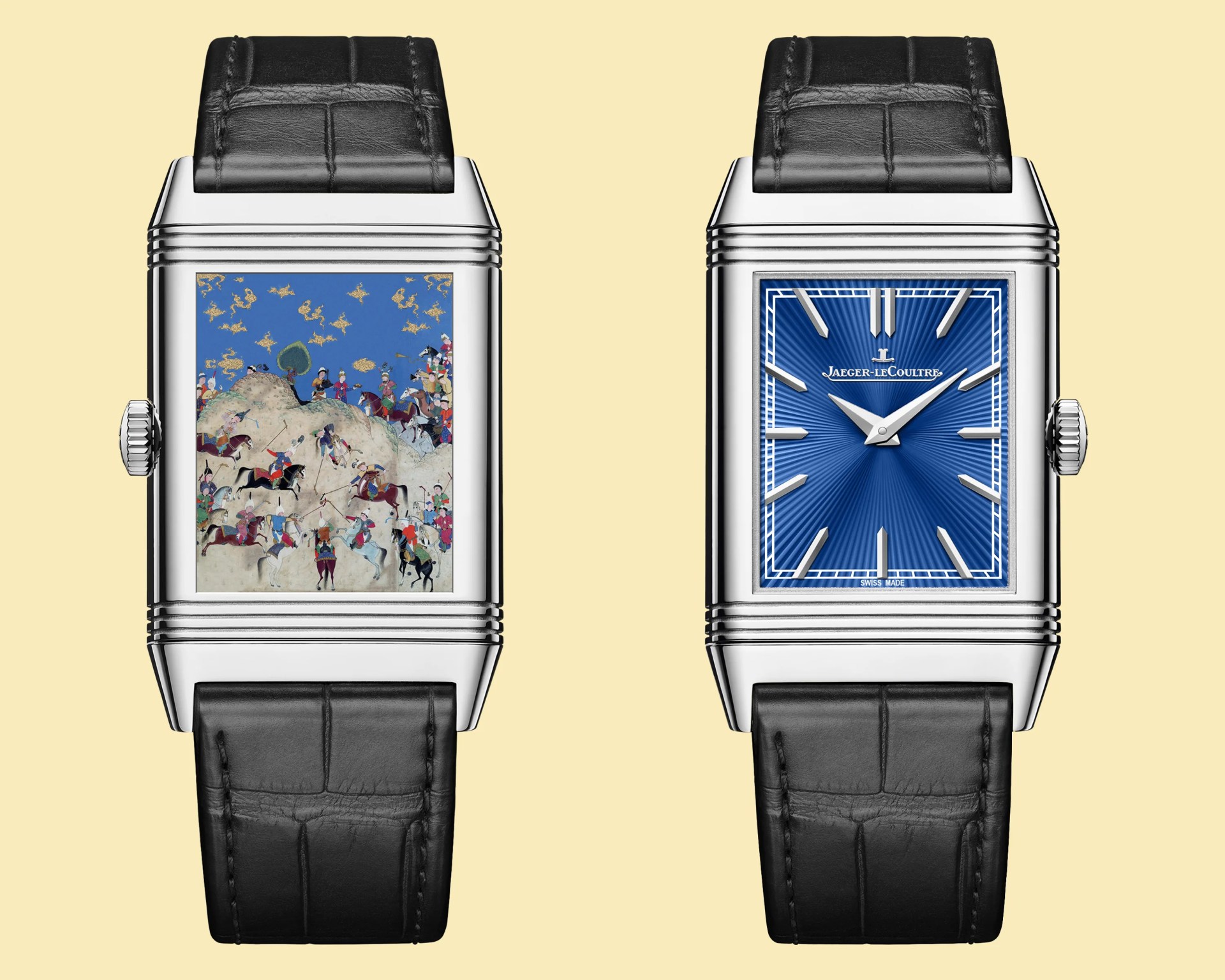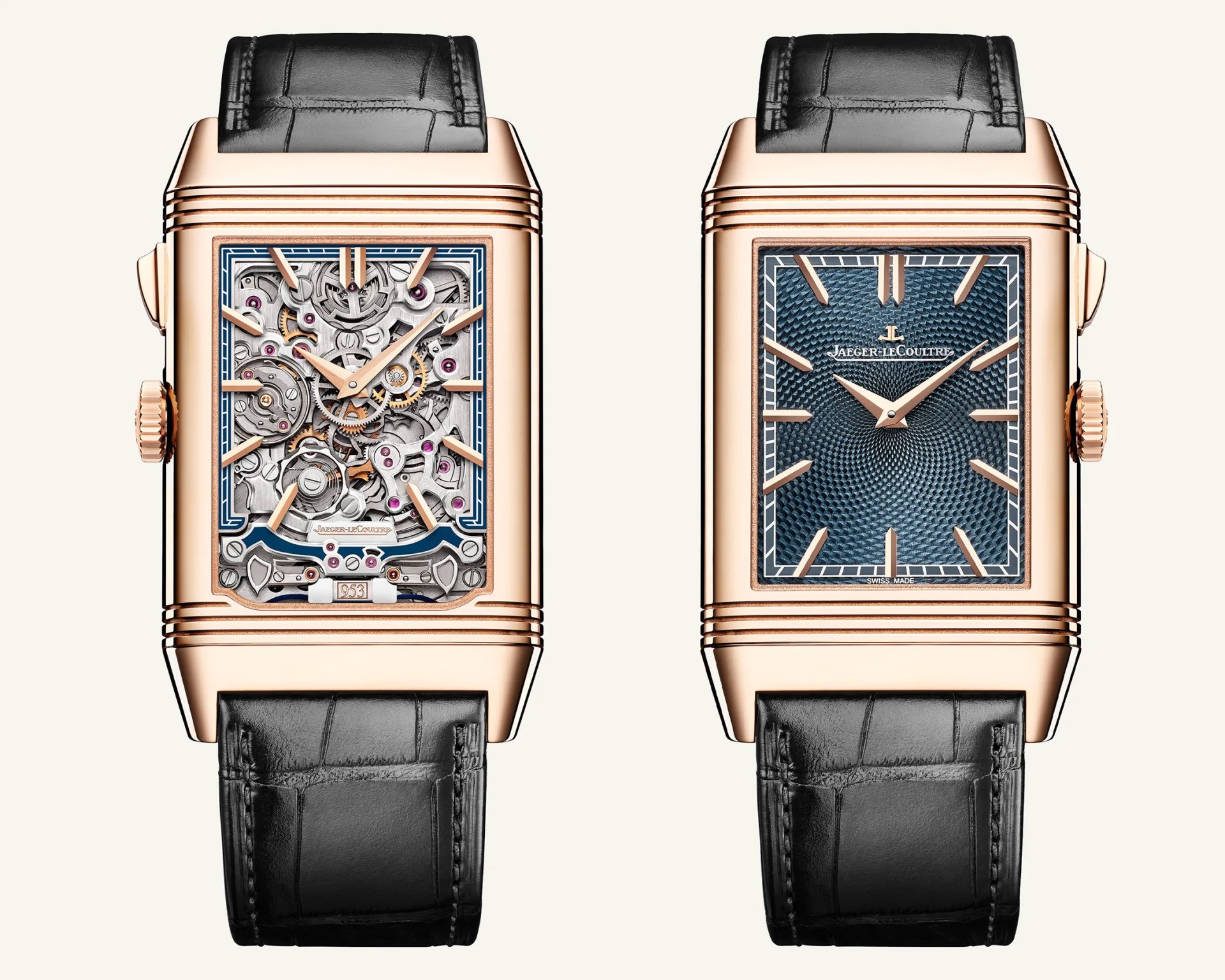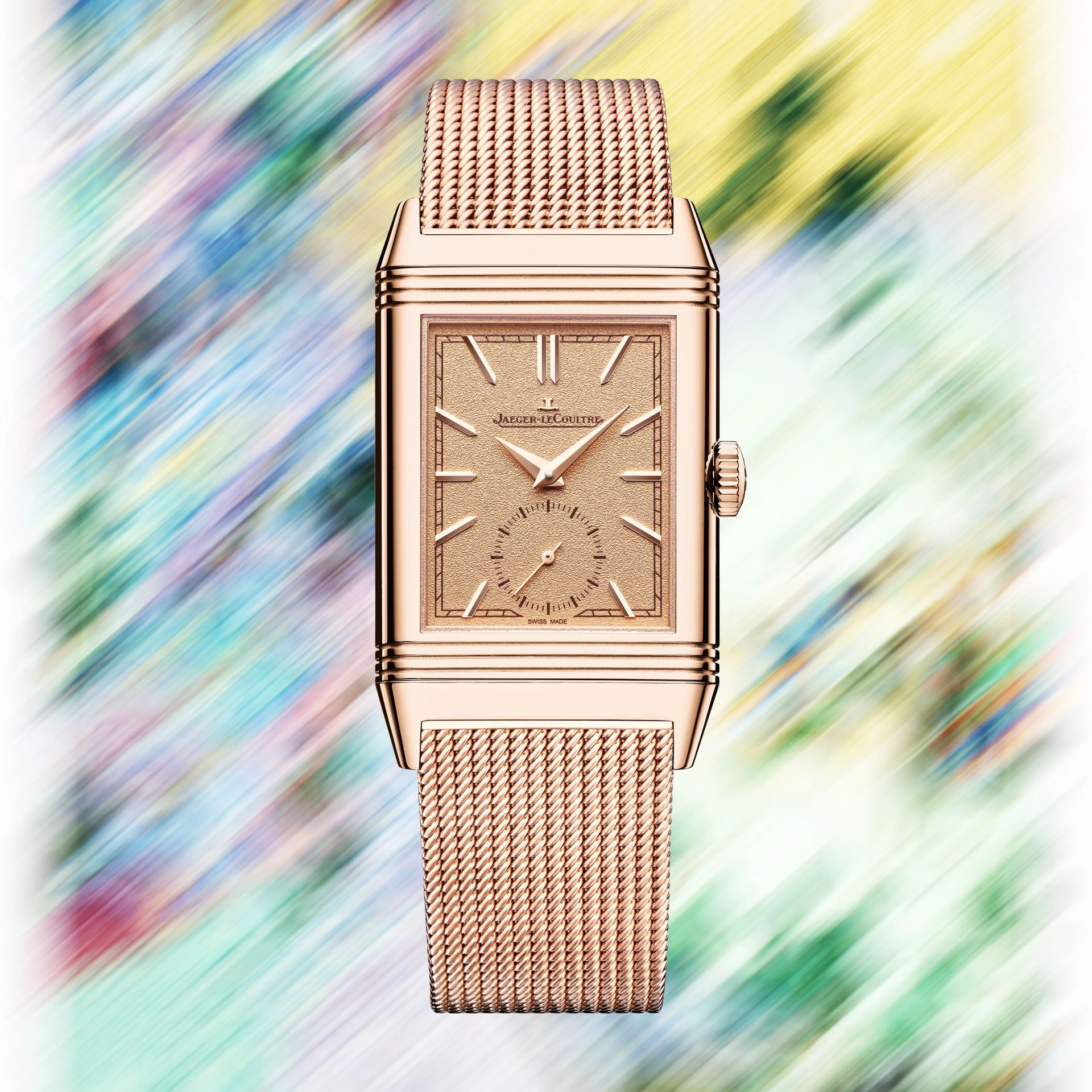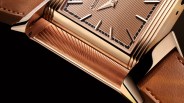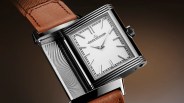Jaeger-LeCoultre’s Reverso was first released in 1931, but it is a product of an era that began six years earlier and continues to define the iconic watch today.
To honor the centennial of the 1925 Exposition des Arts Décoratifs, the event that marked the birth of Art Deco, Jaeger-LeCoultre is launching a collection of intricately detailed Reverso references focused on that movement.
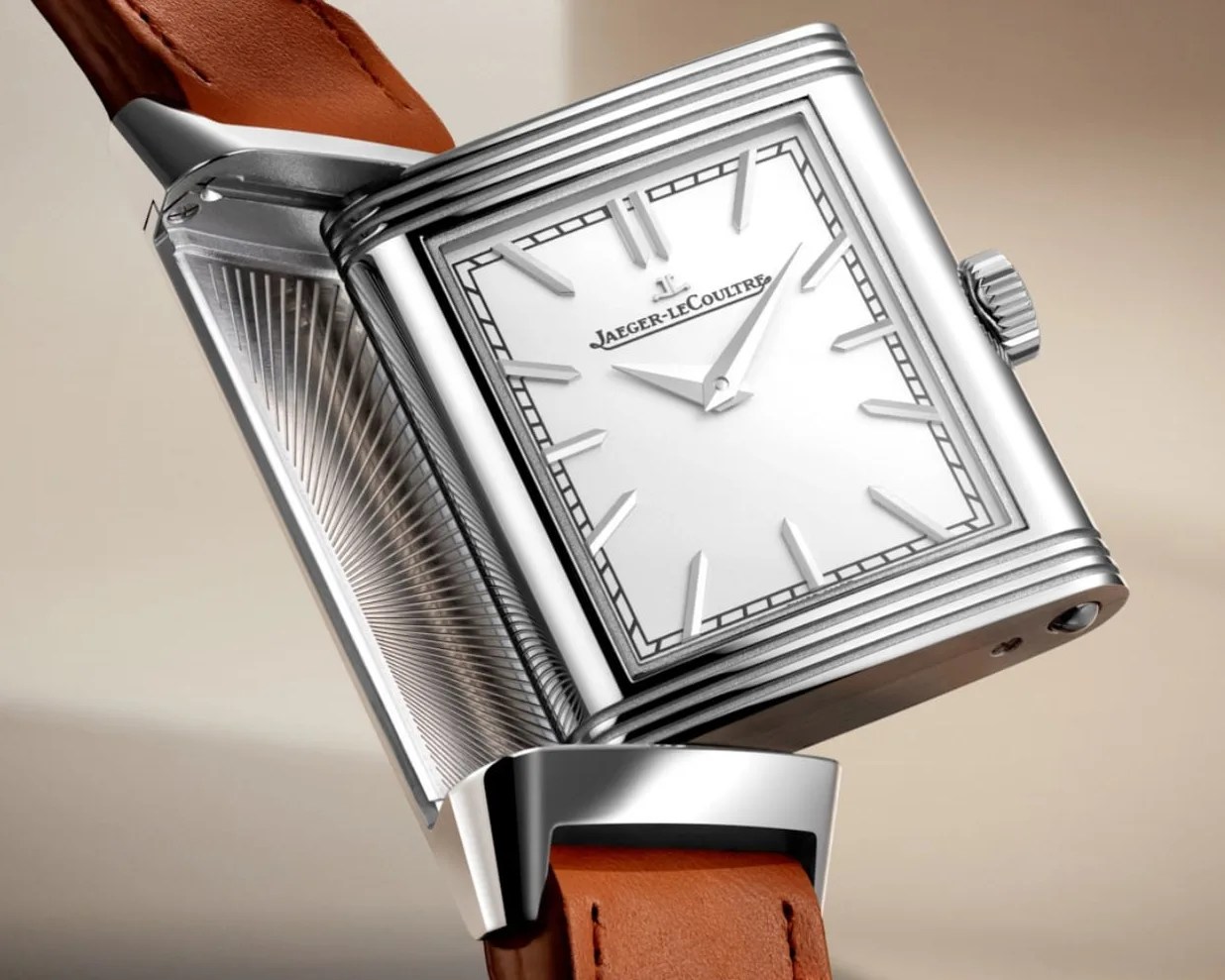
The original Reverso’s functionality was inspired by a polo player and engineered for that sport, but the visual design was steeped in Art Deco. Throughout its innumerable variations, the Reverso has always been rooted in the definitive art movement of the Roaring Twenties, but this new collection revisits it in detail.
Jaeger-LeCoultre is releasing a collection of new Reverso references under the theme The 1931 Polo Club. The title is an homage to the year the Reverso was first released and the sport for which it was designed.

It consists of over a dozen exceptionally ornate and intricately detailed references, even by Jaeger-LeCoultre standards. There are jump time complications, skeletonized dials, a world-time Duoface and hand-painted enamel tiles with classical art reproductions.
Here is a breakdown of Jaeger-LeCoultre’s new Reverso collection, The 1931 Polo Club.

